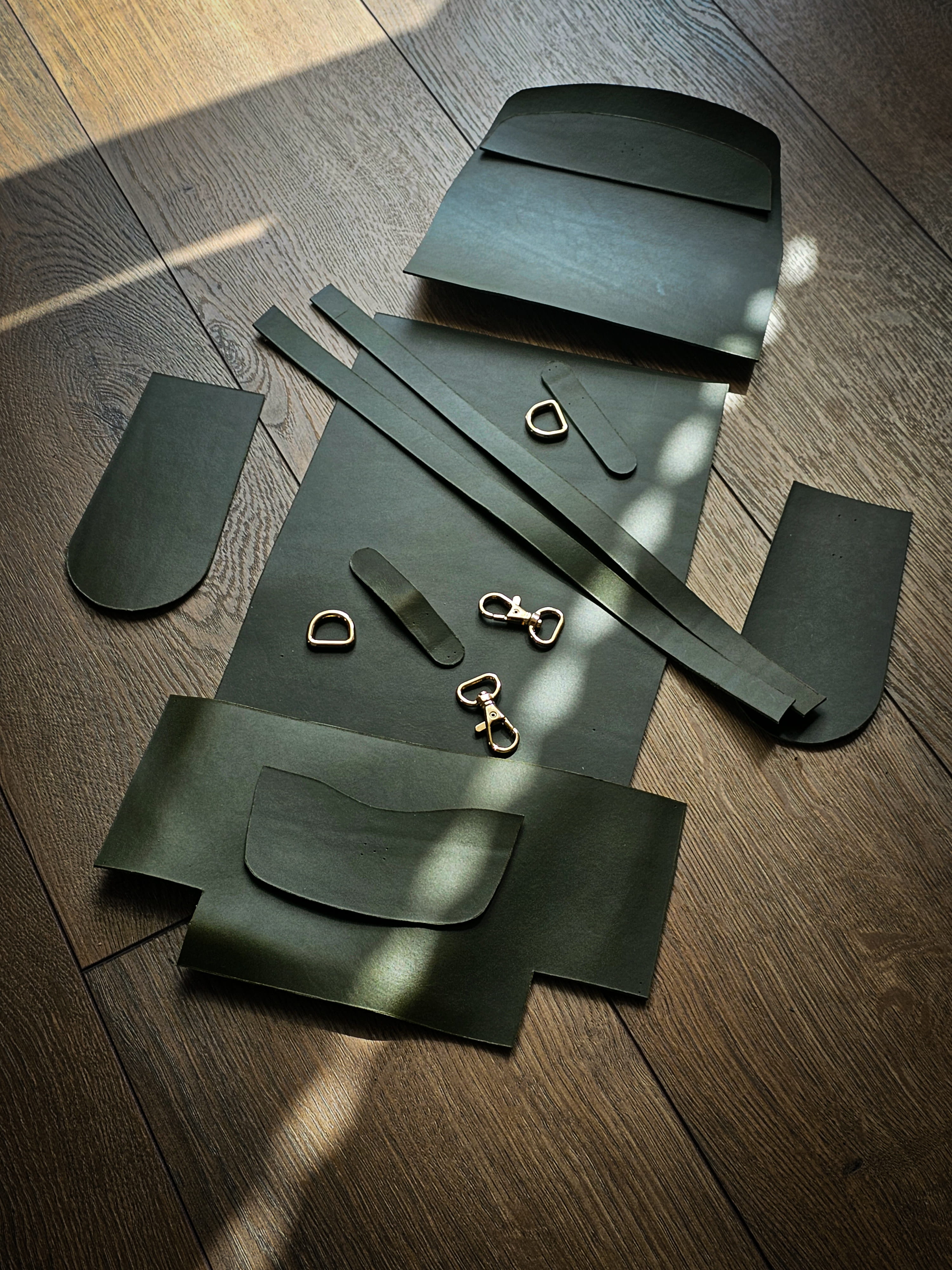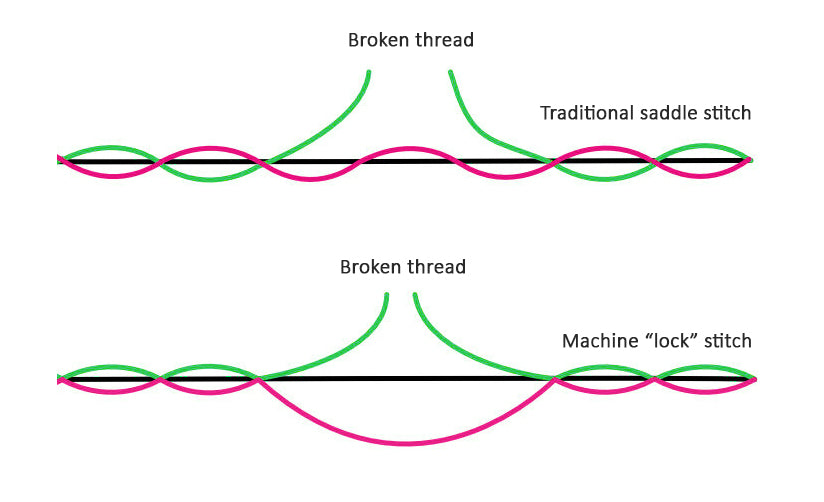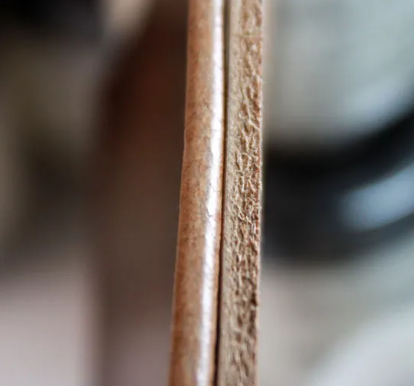
Kā tas ir izgatavots
Viss, kas jums jāzina par to, kā tiek izgatavotas jūsu preces un par uzmanību detaļām, kas nepieciešama katras preces izveidē
100% roku darbs, bez izņēmumiem
Visas preces ir izgatavotas, izmantojot klasiskās ādas amatniecības tehnikas, neizmantojot smago tehniku, piemēram, lāzerus vai šujmašīnas. Tas nozīmē, ka katrs ādas gabals ir ar roku izgriezts, katrs caurums ir ar roku izdurts un katra šuve ir arī sašūta ar rokām. Katrs projekts uz mūsu galda tiek veikts sekojot līdzi šādam apstrādes procesam.
-
Roku šūšana
Ir teiciens, ka prece kalpos tik ilgi, cik ilgs tās šuves. Lai nodrošinātu, ka mūsu izstrādājumi kalpos visu mūžu, katru ādas gabalu izšujam ar rokām ar augstākās kvalitātes japāņu pītu diegu.
-
Līmēšana
Lai saglabātu ādas slāņu integritāti un saglabātu jūsu izstrādājuma izskatu, visi slāņi ir savienoti kopā, izmantojot bez smaržas līmi uz ūdens bāzes.
-
Malu un miesas apstrāde
Uzlabota nodilumizturība tiek panākta pareizi apstrādājot ādas malas (un dažreiz arī visu ādas gabala miesas pusi), kas ir biežāk pakļautas kontaktam ar ārējo vidi.

Kāpēc šūšana ar rokām
Šūšana ietekmē un dažreiz pat nosaka produkta kvalitāti.
Šujmašīnas veidota "slēdzenes" šuve faktiski ir tikai divi paralēli virzīti diegi. Ja diegs plīst vienā vietā, tad pastāv risks, ka visa šuve atdalīsies. Izmantojot roku šūšanas tehniku, šuve saglabāsies pietiekami stipra pat tad, ja diegs kādā vietā pārtrūks.
Pie mums visi produkti ir šūti ar rokām izmantojot tradicionālo roku šūšanas tehniku. Šī metode ļauj amatniekam nodrošināt spēcīgāku saikni starp ādas slāņiem.
Nemaz nerunājot par to, ka šāda šuve izskatās daudz estētiskāk.
Līmēšana
Ja ir nepieciešams salīmēt ādu, mēs izmantojam profesionālu kontaktlīmi - Intercom's Ecostick 1816B. Ecostick ir augstākās kvalitātes itāļu līme uz ūdens bāzes, kas nesastingrina ādu, ir netoksiska, bez smaržas un ir caurspīdīga. Tā tiek uzskatīta par videi draudzīgāku sakarā ar samazināto GOS (VOC) emisiju un minimālo produkta atkritumu daudzumu.

Malu un mīkstuma apstrāde
Ādas malas ir slīpētas, izmantojot profesionālus instrumentus, lai novērstu asas malas un novērstu pieķeršanos. Pēc tam malas apstrādā ar netoksisku, uz ūdens bāzes izgatavotu līdzekli "Tokonole". Tas tiek ražots Japānā, un to izmanto ādas amatnieki, lai aizzīmogotu ādas šķiedras un uzklātu aizsargājošu spīdīgu slāni ādas malai un dažreiz arī visai mīkstuma pusei.
